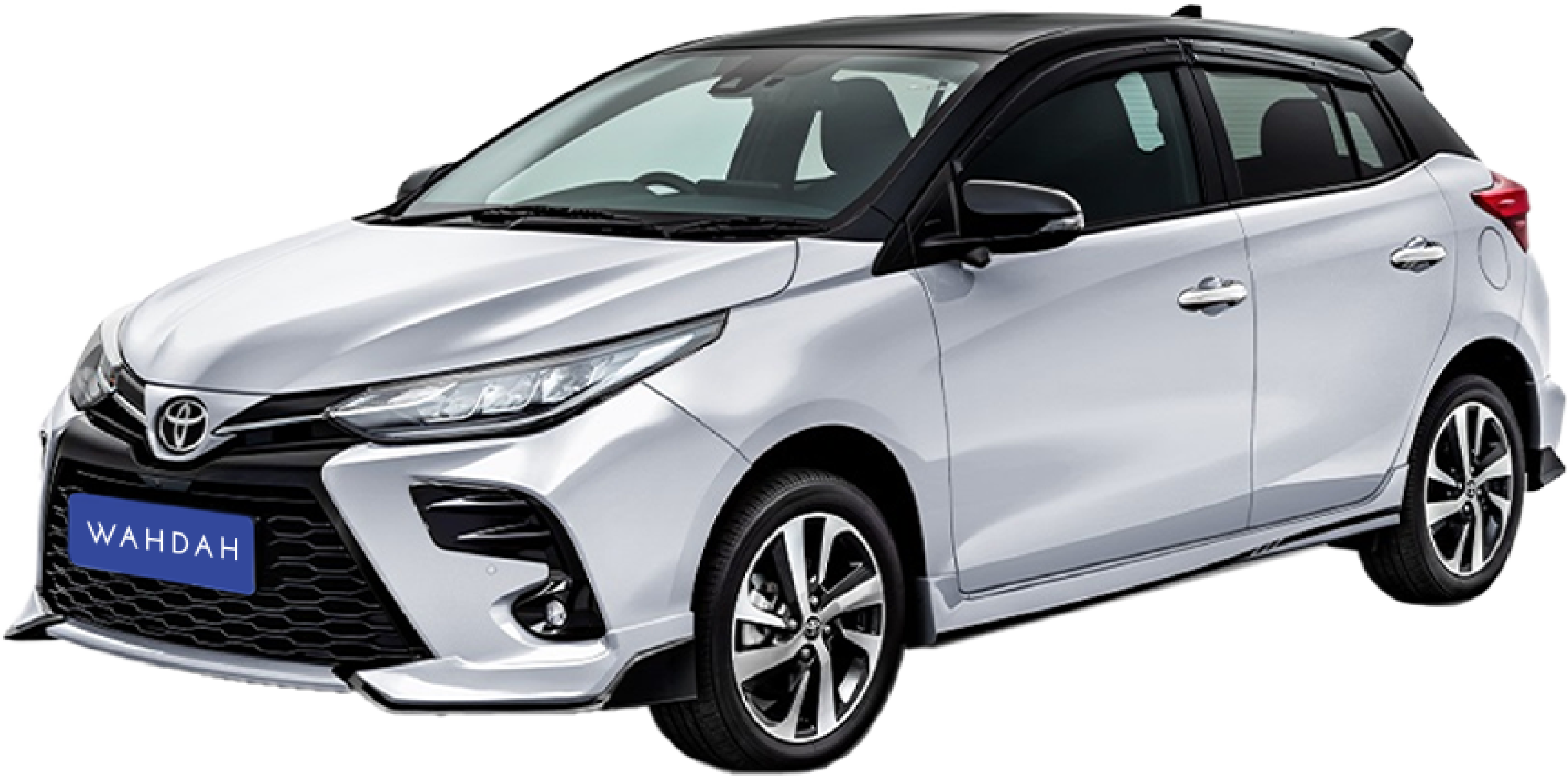How to Travel During Peak Season Without Losing Your Mind (Or Your Budget)
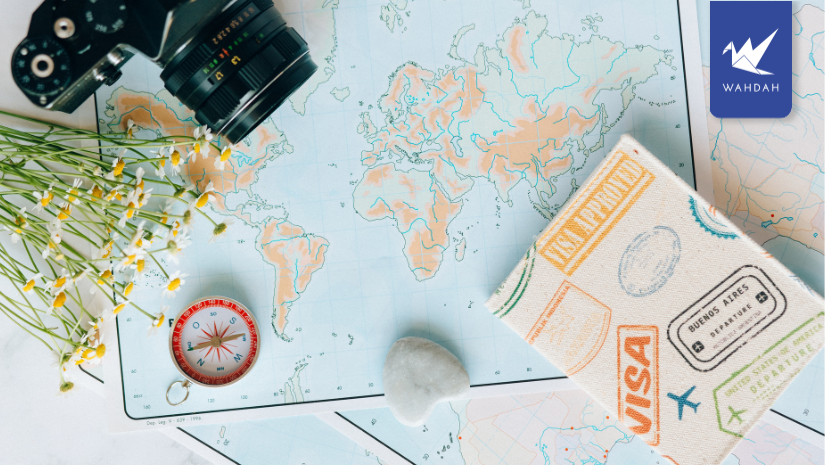
Let's be real: the idea of travel during peak season can be stressful. You picture huge crowds, endless lines, and prices that make your wallet cry.
But what if your only vacation time is when everyone else is also off? Maybe you’re tied to school holidays, or your work only allows a break during the summer.
Don't worry! Traveling during the busiest times of the year isn't impossible. It just requires a different kind of strategy.
This isn't about winging it; it's about smart, strategic planning that lets you enjoy the magic of a popular destination without the main downside—the masses of people.
Imagine, stuck in a 2-hour queue under the hot sun, and imagine blissfully walked into a major attraction while everyone else was still sleeping.
The difference was all in the plan. So, let's dive into how you can become a peak season travel pro.
Understanding Peak Season Travel: When & Where to Expect the Crowds
Before you can beat the peak season rush, you need to understand what you're up against.
When we talk about travel during peak season, we're generally talking about two things: perfect weather and popular breaks.
Global Peak Seasons: Summer, Holidays & Special Events
Basically, if the weather is great or there's a day off work, it's probably a peak time. Think:
- Summer: In the Northern Hemisphere (Europe, North America, much of Asia), this is June to August. In destinations like Indonesia, the dry season (April to October) is the equivalent.
- Year-End Holidays: Christmas and New Year's Eve are arguably the biggest travel peaks globally.
- Other Holidays: Spring Break, Thanksgiving, and national holidays like Golden Week in Japan see a massive surge in travel.
How to Travel During Peak Season: Destination
This is crucial. Peak season to travel can look different in every country. In Indonesia, for example, the absolute peak season is during the dry season (April-October) when the weather is best for beach trips, and it absolutely skyrockets during domestic school holidays and the year-end cuti bersama (collective leave) in June, July, and especially December. Local festivals like Ramadan and Idul Fitri also create huge domestic travel movements.
School Holidays Impact: The Family Travel Effect
The global school calendar is one of the biggest drivers of peak travel. Families are bound to these dates, so prices for flights and hotels automatically jump.
If you’re not traveling with kids, being aware of these periods (like mid-June to early September in many countries) can help you mentally prepare for a more family-oriented atmosphere.
Your Ultimate Game Plan: How to Travel During Peak Season Like a Pro
Okay, now for the good stuff. How do you actually make this work? It boils down to three things: booking early, being flexible, and planning like a military general.
Book Everything Way Earlier Than You Think
For a typical trip, booking a few months out might be fine. For peak season to travel, you need to think like a wedding planner.
- Flights & Hotels: Book 3 to 6 months in advance. Seriously. This is the single biggest factor in saving money and securing your top choices. Airlines and hotels use dynamic pricing, meaning the fewer seats or rooms left, the higher the price.
- Tours & Entry Tickets: This is your secret weapon. For major attractions, book your tickets online weeks or even months ahead. Skip-the-line tickets are worth their weight in gold on peak season.
Become a Master of Flexibility
If you can’t book early, be flexible. This is the golden rule for anyone looking to travel during peak season on a budget.
- Travel Dates: Can you fly on a Tuesday instead of a Friday? Often, shifting your trip by just one or two days can save you hundreds of dollars.
- Travel Times: Take the red-eye flight or the first flight in the morning. They are often cheaper and less crowded.
- Airports: Is there a smaller, alternative airport nearby? Sometimes flying into a less popular hub can be much cheaper.
Strategic Planning: The Art of the Daily Schedule
Your daily itinerary is your battlefield plan. The key is to do the opposite of what the majority of tourists do.
- Popular Sites at Off-Peak Hours: Be at the most popular attraction the moment it opens. I'm not talking about 10 AM; I'm talking about being in line at 7:45 AM for an 8:00 AM opening. Alternatively, go during the "lunch rush" (12-2 PM) or the last few hours before closing, when day-trippers have started to leave.
- Early Morning Advantage: Waking up at 6 AM on vacation might sound like a punishment, but it’s your ultimate superpower. The light is beautiful for photos, the air is cool, and you can have an entire famous street or landmark almost to yourself for a precious hour. This is the best tip I can give you for how to have an amazing experience while you travel on peak season.
Beat the Peak Season Rush with WAHDAH Car Rental
Now, let's talk about one of the most important parts of your trip: getting around. Relying on public transport or ride-hailing apps on peak season can mean long waits, surge pricing, and a lot of wasted time. The ultimate freedom to execute your perfect, crowd-beating itinerary comes from having your own wheels.
Book Ahead & Save: Reserve Your Car Early at the Best Prices
Just like flights and hotels, car rental prices skyrocket as peak season approaches. By booking your car with WAHDAH months in advance, you lock in the best possible rate and guarantee vehicle availability. Don't get stuck without a car or paying last-minute premiums.
Skip the Airport Queues: Direct Pick-Up at Arrival Terminal
After a long flight, the last thing you want is another long line at the car rental counter. With WAHDAH's streamlined process, you can go directly to your vehicle at the arrival terminal, get the keys, and start your holiday without the frustrating delays.
Avoid Price Surges: Lock In Your Rate Before Seasonal Hikes
Car rental prices are dynamic. The price for the same car can double during the peak travel weeks. When you book early with WAHDAH, your rate is locked in. No nasty surprises, just a predictable, budget-friendly cost for your transportation.
Freedom to Explore: Visit Crowded Attractions on Your Schedule
This is the biggest advantage. With a WAHDAH car, you can arrive at that popular site at 7 AM before the tour buses, or spontaneously decide to visit a hidden beach you heard about. You control the schedule, avoid the crowded tourist shuttles, and discover the real magic of your destination.
Secure Your Stress-Free Rental with WAHDAH - Book Now!
Peak Season Survival Strategies: Your Day-to-Day Toolkit
Beyond the big planning moves, your on-the-ground tactics will make or break your trip.
Pack a "Peak Season" Survival Kit
What you pack can save you hours of frustration.
- Portable Power Bank: You’ll be using your phone for maps, tickets, and photos all day.
- Reusable Water Bottle: Stay hydrated without paying a premium at every tourist stall.
- Snacks: Granola bars or local snacks save you from overpriced, mediocre meals when you're hungry and trapped in a tourist zone.
- Entertainment: A book, podcast, or playlist for those inevitable times you will have to wait in line. Embrace the queue.
Go Digital: Your Phone is Your Best Friend
- Local SIM/eSIM: Get connected the moment you land. Being able to use Maps, Translate, and ride-hailing apps is a game-changer for navigating around congestion.
- Download Everything Offline: Download maps, your hotel location, and important reservation confirmations for access even without a signal.
Travel Insurance: Non-Negotiable Peace of Mind
When you've invested a lot of money in a peak season trip, protecting it is essential. Travel insurance can cover you for trip cancellations, medical emergencies, and lost luggage. It’s the safety net that lets you relax and enjoy your adventure.
Thinking Outside the Box: Alternative Destinations
Sometimes, the best way to win is not to play. If the thought of crowds in Bali or Paris is too much, consider this: are there places near your dream destination that offer a similar vibe without the chaos?
Instead of fighting for a spot on Kuta Beach, could you explore the quieter coasts of Lombok or the Flores islands? Instead of the packed streets of Rome, could you find charm in a lesser-known Italian town? A simple search for "alternatives to [popular destination]" can open up a world of amazing, less crowded options.
Read more: Easy Guide on The All Indonesia App for Tourists Entry 2025
How to Travel During Peak Season: Your FAQ Answered
Let's tackle the most common questions swirling in your head right now.
What is the peak season for travel?
Globally, it's typically the summer months (June-August) and the year-end holidays (December). However, it varies by destination. For tropical countries, it's usually the dry season, while for ski resorts, it's the winter.
What are considered peak travel times during the year?
The biggest peaks are mid-June to August, the last two weeks of December, and major spring break periods (March-April). Long weekends and national holidays also create mini-peaks.
Are there downsides to traveling off peak?
Yes, and it's good to be aware of them. The weather might not be perfect (e.g., rainy season), and some attractions may have shorter opening hours or be closed for renovation.
How do I plan a peak season vacation?
- Choose your destination.
- Research its specific peak and shoulder seasons.
- Book flights and accommodation 3-6+ months in advance.
- Pre-book major attractions and tours.
- Create a flexible, smart daily itinerary that avoids crowds.
Is it cheaper to travel before or after peak season?
Yes, traveling during the "shoulder seasons"—the weeks just before or after the peak season—is almost always cheaper and less crowded. You often get great weather without the extreme prices and crowds.
What's the difference between peak and off-peak seasons?
Peak season has the best weather, all attractions are open, but it's the most crowded and expensive. Off-peak season can have less reliable weather and some limitations, but offers lower prices and far fewer tourists.
Read more: How to Prepare a Travel Budget to Indonesia (Without the Headaches)
Anatashia Nuraini S. (Travel Writer)
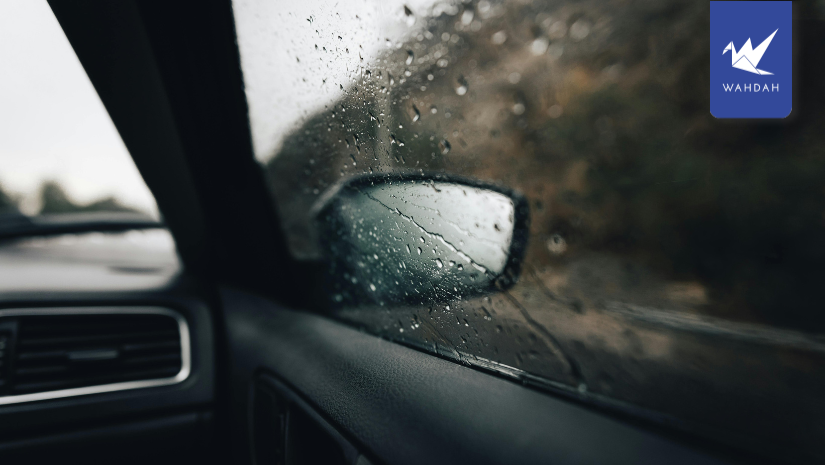
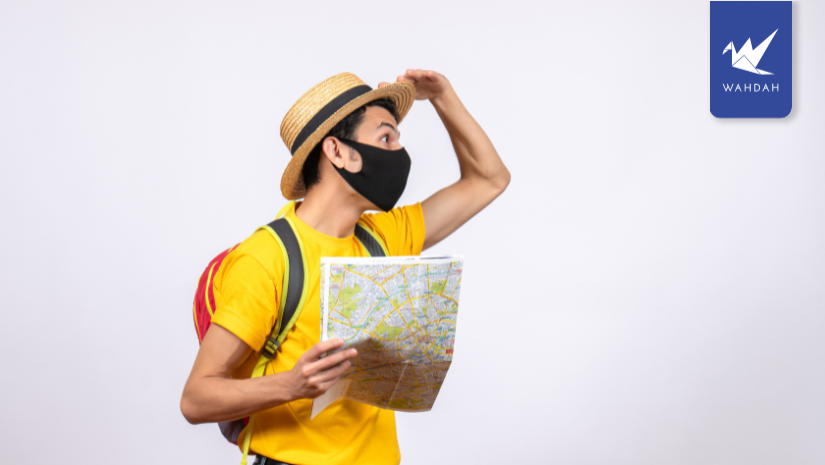
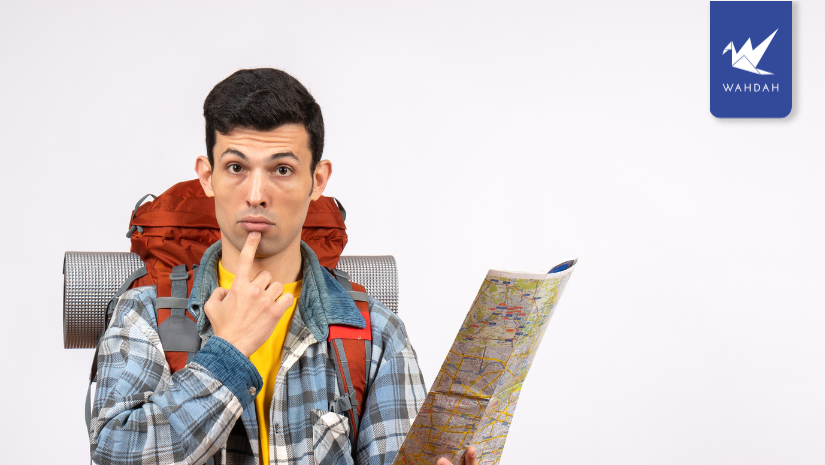
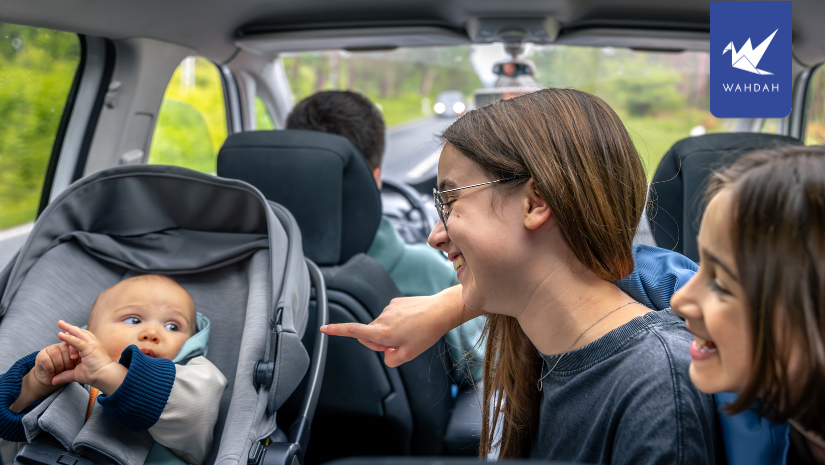





 English
English
 Indonesia
Indonesia
 Bahasa Malaysia
Bahasa Malaysia Singapore
Singapore
